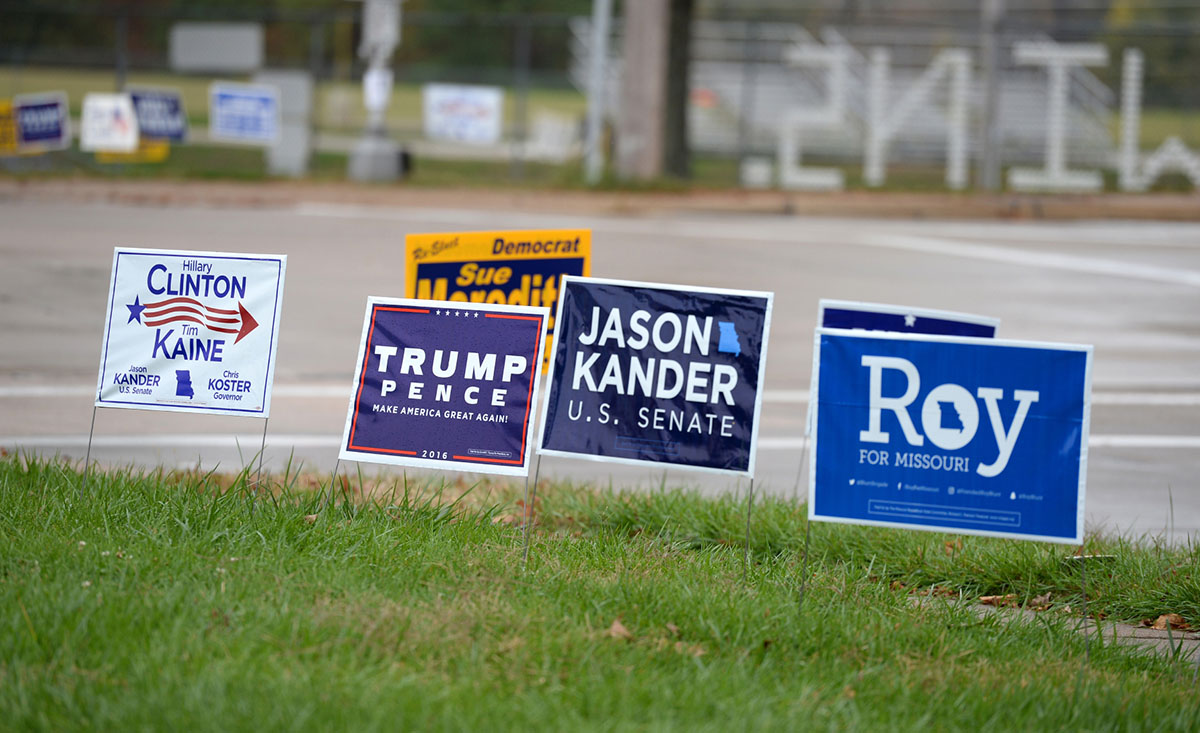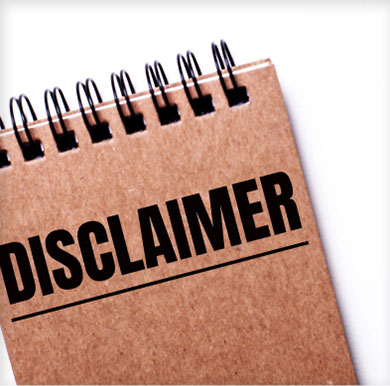
It’s that time of year again…election season is soon to be here, and campaigns everywhere are ramping up once again.
One of the key components of any campaign will be the political signs that need to be created.
And knowing the rules around those political signs is a big part of that campaign’s success.
- Understanding state-specific regulations for political yard signs is crucial to avoid penalties and ensure compliance.
- Many states have unique rules regarding sign placement, size, and display duration that campaign managers must follow.
- Researching local ordinances and adhering to best practices can help campaigns effectively.
- ― Signs of Our Times: The Evolution of Campaign Signs
- ― The Rules of the (Campaign) Road: What to Know About Political Yard Sign Regulation for Each State
- ― Have More Political Signage Questions? Easy Sign Has the Answers!
No matter the size of your political campaign, there is always going to be a slew of rules and regulations that must be followed in order for the campaign to operate legally and transparently.
And — while political advertising signs may be small in stature, these powerful campaign tools have a whole list of dos and don’ts that come with them.
Signs of Our Times: The Evolution of Campaign Signs
While a political sign may seem like a relatively recent invention, these compact campaign mavens have been around for almost as long as politicians have been.
With roots that trace all the way back to ancient Rome, the use of political signs to promote a candidate, a party, or a political idea is clearly one that has withstood centuries of political debates and political party line differences.
Here is a brief timeline to give some context to the staying power that posting campaign signs truly has on all of us:
- Ancient Rome: The use of outdoor signage to promote political figures can be traced back to Ancient Rome, specifically in Pompeii, where citizens used signs to publicize viewpoints.
- 1824: The American history of political yard signs may have begun with John Quincy Adams, who had signs printed for his presidential campaign.
- 1960s: The modern wireframe yard sign that we are familiar with today seems to have originated in the 1960s. This was a significant development as it allowed for easy placement and visibility of political messages in public spaces.

- Contemporary Usage: Today, political yard signs are a staple of political campaigns, especially in the United States. They are used to increase candidate awareness and emotional engagement with voters.
Campaign yard signs are an effective tool for getting out a candidate’s political message and helping drum up the needed number of votes to win an election.
That said, your campaign signs will be of no use to you or your constituents if you don’t know the rules that have been laid out by your local and state election board as to the design, placement and allowed timeline for any political advertising that you choose to engage in.
While each state may have some of its own (more specific rules) let’s look at some of the most enforced ones so that you begin this campaign season armed with the knowledge you need to use your yard signs as effectively as possible.
The Rules of the (Campaign) Road: What to Know About Political Yard Sign Regulation for Each State
While the main rules surrounding political yard signs can vary by state, there are some common guidelines that are generally followed across the United States.
-
Political Signs Usually Have Disclaimer Requirements
Most states in the U.S. require some sort of disclaimer statement on every candidate’s political yard sign, regardless of whether the election is for a local seat or a national one.
Disclaimer statements are meant to show a campaign’s transparency, usually as it relates to campaign funds and how they are being raised.
While these may vary slightly from state to state, it’s common practice for either the state ethics commission or the election board to be the governing body who decides what needs to be disclosed on campaign signs and why.

The most common disclaimer statement for most campaigns is one that indicates who paid for the political sign and whether or not it was endorsed by a candidate.
-
Political Signs Usually Have Size and Placement Restrictions
Another common regulation that many states have put in place is that political yard signs need to have size and placement restrictions, particularly in private property neighborhoods that have homeowners associations as well as any sort of public property.
Let’s look at the specifics more carefully:
Size Limits: While specific dimensions can vary, many residential areas restrict political signs to a maximum of 9 square feet to maintain neighborhood aesthetics and prevent visual clutter.
Right-of-Way Restrictions: Signs are typically not allowed within the right-of-way of roads, especially state highways, to ensure driver visibility and that no traffic hazard is possible.
Downtown Exclusions: Inside incorporated city limits, there are often stricter regulations or outright bans on political signs. Downtown areas want to preserve the visual appeal and character of these high-profile locations and usually choose to make it a law that no election signs are permitted past a certain point in a city or municipality.

Specific Locations: Certain locations — such as landscaped medians, too close to traffic signs, or near polling places — are off-limits for political sign placement in order to maintain public order and safety.
These guidelines help balance the right to political expression with community standards and safety considerations.
Political Signs Usually Have Timing Restrictions
Yet another common regulation that is seen across many of the states is one that pertains to timing.
While political yard signs can be a great way for candidates to get their names and platforms out to the public, they can also become an eyesore if not cared for properly.
For this reason, you’ll need to consult with your local elections board to make sure you know the rules around when your signs can be displayed, and when they need to be removed.
Here are some things to know:
1. Election Season Display:
- Political signs are typically allowed to be displayed starting on the first day after the candidate filing deadline.
- They must be removed within a reasonable time after the election. This ensures that signs are relevant during the campaign period but don’t linger indefinitely afterward.
2. Specific Election Dates:
- Some states specify exact dates for sign display.
- For example, political signs may only be displayed during an election season, which includes the period leading up to primary elections, general elections, or other relevant voting events. These restrictions help maintain the visual landscape during critical times.
3. Duration Limits:
- States may impose specific time limits for displaying political signs.
- For instance, temporary directional signs might be allowed for a maximum of 12 hours before the qualifying event and 1 hour after. This prevents signs from cluttering public spaces indefinitely.
4. Post Election Removal
- After an election, political signs must be promptly removed. Some states allow a grace period of a few days, while others may require removal within a specific timeframe (e.g., three to ten days after an election day). This ensures that signs do not become eyesores once the election is over.
All of these rules and regulations have been created by states that want to maintain a candidate and voter’s right to free speech and enthusiasm about the right to vote, but also ensure that communities are not overwhelmed and overrun by political signs.
Making sure that each candidate and their supporters adhere to certain state law guidelines (like transparency in fundraising, size restrictions, sign placement, and placement timing) will make sure that everyone has a chance to promote their candidate without causing safety or community concerns in the process.
Have More Political Signage Questions? Easy Sign Has the Answers!
Navigating the intricate landscape of political campaign regulations is crucial for maintaining transparency and integrity.
Each state crafts its own set of rules to foster clear communication and prevent any misleading practices during elections. For campaign teams as well as every property owner, understanding these regulations is essential. If you need more guidance on how to get political yard signs, be sure to consult your local rules and regulations.
At Easy Signs, we prioritize delivering top-tier signage solutions that resonate with your community’s values while also respecting your budget.

Here’s why Easy Signs stands out as the optimal choice for your political yard signs:
- Crafted from superior Signflute™ Corrugated Plastic, ensuring durability.
- Utilizing UV and weather-resistant inks for long-lasting vibrancy.
- Vibrant, full-color imagery achieved through cutting-edge Latex digital printing technology.
- Customizable dimensions ranging from 6″ x 6″ to a commanding 36″ x 24″.
- Versatile shape options, including circles, triangles, and hexagons, tailored to your campaign’s aesthetic.
- Outfitted with transparent, rust-proof grommets for a seamless appearance.
- Fully recyclable materials, grommets included, for an eco-conscious campaign.
As a frontrunner in political signage, Easy Signs offers an extensive array of products from eye-catching banners to impactful candidate yard signs.
At Easy Signs, we are dedicated to amplifying your message and ensuring it’s received with the clarity and impact it deserves.
With competitive pricing, exceptional product quality, and swift 24-hour production timelines, you can trust Easy Signs to equip you with the finest campaign materials. If you’re seeking more detailed insights into political campaign materials, consider exploring the topic of yard signs for political campaigns.
Place your order now and set the stage for a triumphant election season!






 $14
delivery on most products**
$14
delivery on most products**
 24hr production*
24hr production*